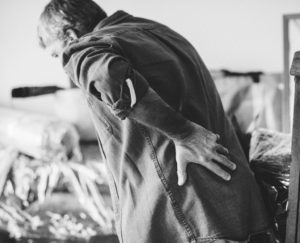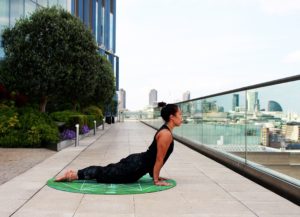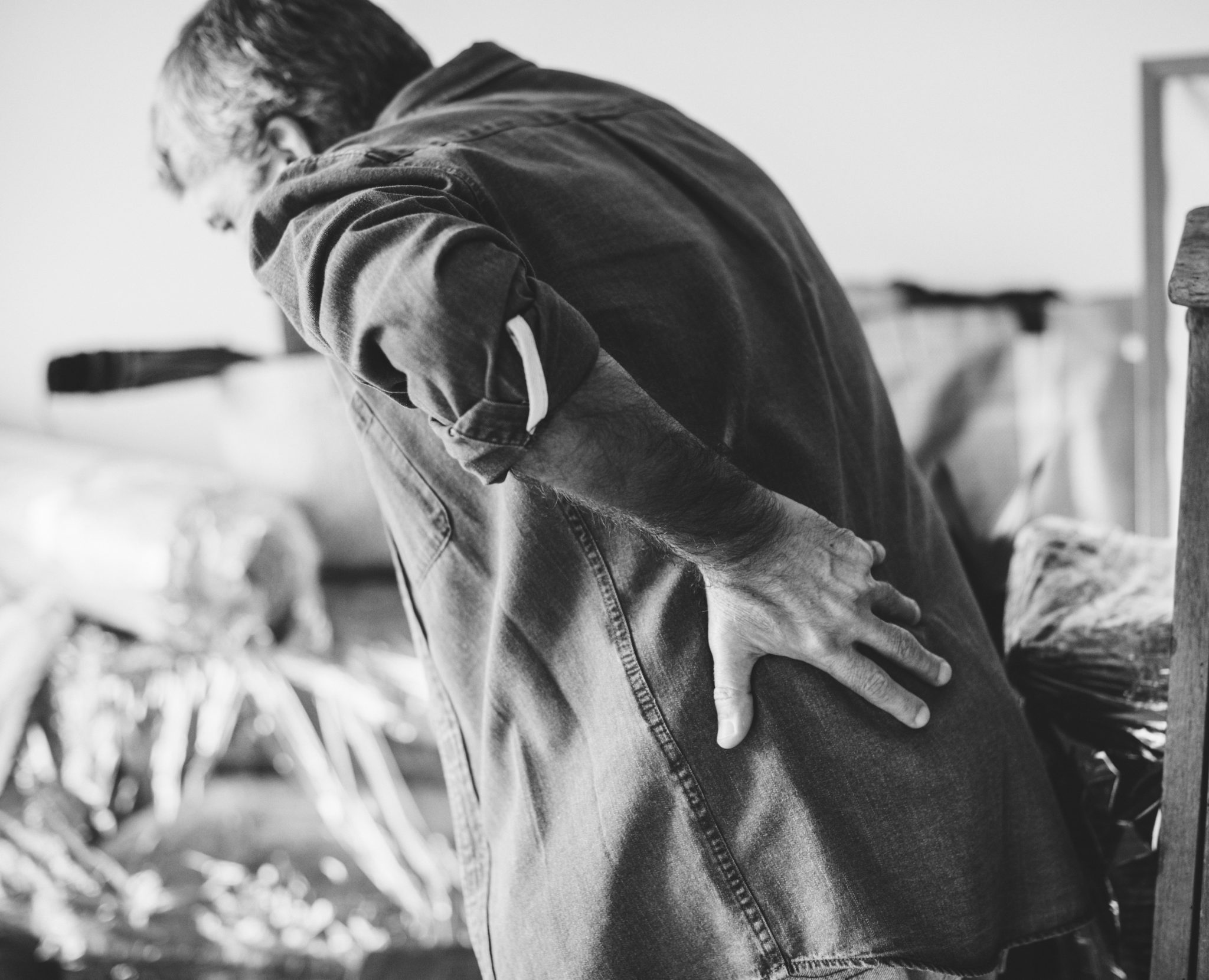Top Sciatica Exercises to Ease Sciatica Pain
What is sciatica and are there sciatica exercises and stretches to help reduce symptoms? Evexia Family Chiropractic has the answers.
Sciatica Defined and Explained
Have you ever felt a nagging and aching pain that you just couldn’t get rid of? The kind that runs through your hips,

Evexia Family Chiropractic sciatica exercises
buttocks, and legs? Sciatica travels along your sciatic nerve and can wreak havoc! This nerve branches out and travels along the path of your low back, through your hips, past your buttocks, and down through each leg. Generally, sciatica only affects one or the other sides of your body. The typical cause of sciatica pain is related to the root of the lumbar spine. Other causes for sciatic nerve pain are herniated disk, spinal stenosis (or narrowing of the spine), or a spinal bone spur.
Inflammation caused by these issues can cause severe pain and numbness in the legs. Sciatica pain is generally eased by treatments rather than surgery and can usually be resolved within several weeks, if not sooner. There are also sciatica exercises and stretches to reduce the pain as well.
Symptoms
If you suffer from pain radiating from your lumbar (lower) spine, across your buttocks, and down through your legs, you most likely are suffering from sciatica. The degree of pain is variable to extreme and can be experienced as a dull ache or sharp stabbing pains. It can also present as a burning sensation. The pain can be exasperated by simple sneezing, coughing, or even sitting for a long period of time. Some patients have reported numbness, tingling, and weakness of the muscles in their feet and legs.
When to visit the doctor
A mild case of sciatica will typically dissipate over time. However, if measures to care for yourself fail to help and the pain continues, get medical attention right away. The following symptoms should prompt you to see the doctor.
- Sudden and excruciating pain in the low back, legs, or muscle weakness in the legs.
- The pain is the direct result of an injury, such as a car crash.
- Difficulty controlling your bladder or bowels.
Causes
- Spinal bone spurs
- Herniated disk
Sciatica will occur when your sciatic nerve is pinched. The pinching is typical of a herniated disk or an overgrown bone spur on the spine. Sometimes the nerve can become compressed due to complications from diabetes or a possible tumor.
Risks
The five risk factors associated with sciatica are age, obesity, occupation, sitting, and diabetes.
- Age. Age eventually will result in changes to the spine. Herniated disks and bone spurs can occur with age, causing sciatica pain and discomfort.
- Obesity. Increasing stress to the spine due to excessive weight will contribute to spinal changes and result in sciatica pain.
- Occupation. If your job requires that you twist and turn, lift or carry heavyweights, or operate motorized machinery, it might contribute to your sciatica.
- Sitting. If you have to sit for a prolonged period of time or your lifestyle is sedentary, you are likely to experience sciatica discomfort more than people who are active.
- Diabetes. Diabetes affects how your body processes blood sugar and can increase the risk of nerve pain.
Prevention
Prevention of sciatica isn’t always possible, but the following precautions are good to keep in mind:
- Regular exercise is important for keeping your back strong and your core muscles in good shape. Work the muscles in your stomach and low back. These are essential for attaining good posture and spinal alignment. Ask your doctor or chiropractor for a list of appropriate prevention sciatica exercises.
- Sit with good posture. Select a chair with proper back support, good armrests, and a base that swivels. You may want to put a pillow in the small of your back for maintaining a proper curve. Your knees and hips should be level.
- Try to use proper body mechanics. If you must stand for long periods, put one foot up on a stool for an occasional break. If lifting, use the muscles in your legs. Stay erect when moving up and down. Straighten your back and bend with your knees. Keep the load close in toward your body. Avoid lifting and twisting at the same time. If necessary, have a lifting partner to help.
Sciatica Exercises and Stretches
There are specific stretches that can provide relief for those who suffer from sciatica-related pain. Most find that stretching helps reduce pain. Some people with sciatica, however, are wise to seek a doctor’s advice before trying these sciatica stretches which will avoid causing further injury. Your doctor, chiropractor or physical therapist might want you to perform these sciatica exercises each day:
- Bring knees to your chest
- Cobra or simplified cobra
- Seated cross-legged hip stretch
- Hamstring stretch while standing
- Spinal twist while seated
- Bring each knee to your shoulder
Six simple sciatica exercises for pain relief:
Bring knees to your chest stretch
- Begin lying flat on the floor, on your back, with your knees bent, and keeping the soles of your shoes flat on the floor.
- Then, slowly bring your knees close to your chest.
- Hold the knees to chest stretch for about 30 seconds, then release the stretch. Your goal should be to perform the exercise three times.
Cobra stretch (or simplified cobra stretch)

sciatica exercises Evexia Family Chiropractic
- Begin lying on your stomach, keeping your legs elongated and together, also keeping your elbows bent, and with your palms resting on the floor close to your chest.
- You may elect to perform a “modified cobra stretch” by pushing through your palms and partly straightening your elbows while lifting your chest to about 45 degrees off the floor.
- In order to perform a full cobra, you should straighten the elbows fully, then lift your chest even further off the floor. Hold this stretch for 10 seconds or more while at the top, then return to your starting position. Repeat the cobra stretch 10 times.
Seated cross-legged hip stretch
- Begin by sitting in a chair. Keep your feet on the floor and your knees bent and at a 90-degree angle.
- Raise each leg up and across the ankle over your opposite knee.
- Gently bend down, over the crossed leg, and take deep breaths.
- Hold the stretch for 15 to 20 seconds. Repeat 5 times.
Hamstring stretch while standing

sciatica exercises and stretches Evexia Family
- Stand tall with your feet together.
- Lift one leg straight in front of you while resting your heel on a chair, table or ledge. Your leg should be slightly less than hip-high.
- Keep your knee straight, bend forward at the waist, keeping your spine straight and feeling the stretch in your leg.
- Hold this stretch for 30 seconds.
- From the starting position, repeat the exercise on the other side.
Spinal twist while seated stretches
- Begin sitting tall on the floor and keep your legs together and straight in front of you.
- Bend a leg at the knee, placing it on the floor – outside of your opposite knee.
- Twist toward your bent knee, while putting your opposite elbow to the outside of your bent knee. Feel the stretch?
- Hold it for 30 seconds.
- Repeat the stretch on the opposite side.
Bring each knee to your shoulder stretch
- Lying flat on the floor, extend your legs in front of you.
- Bend one knee, bringing it across your body and up to your opposite shoulder. Try not to lift your hips off the floor.
- Hold the stretch for 30 seconds.
- Repeat the stretch on the other side.
In general, sciatica is a pain in the butt, literally. It might be your back, your legs, or both. One thing for sure – posture is key. Do yourself a favor. More than that, do your body an even bigger favor. Use these sciatica exercises for your sciatic nerve pain, and contact Evexia Family Chiropractic care to help you get the relief you need.

